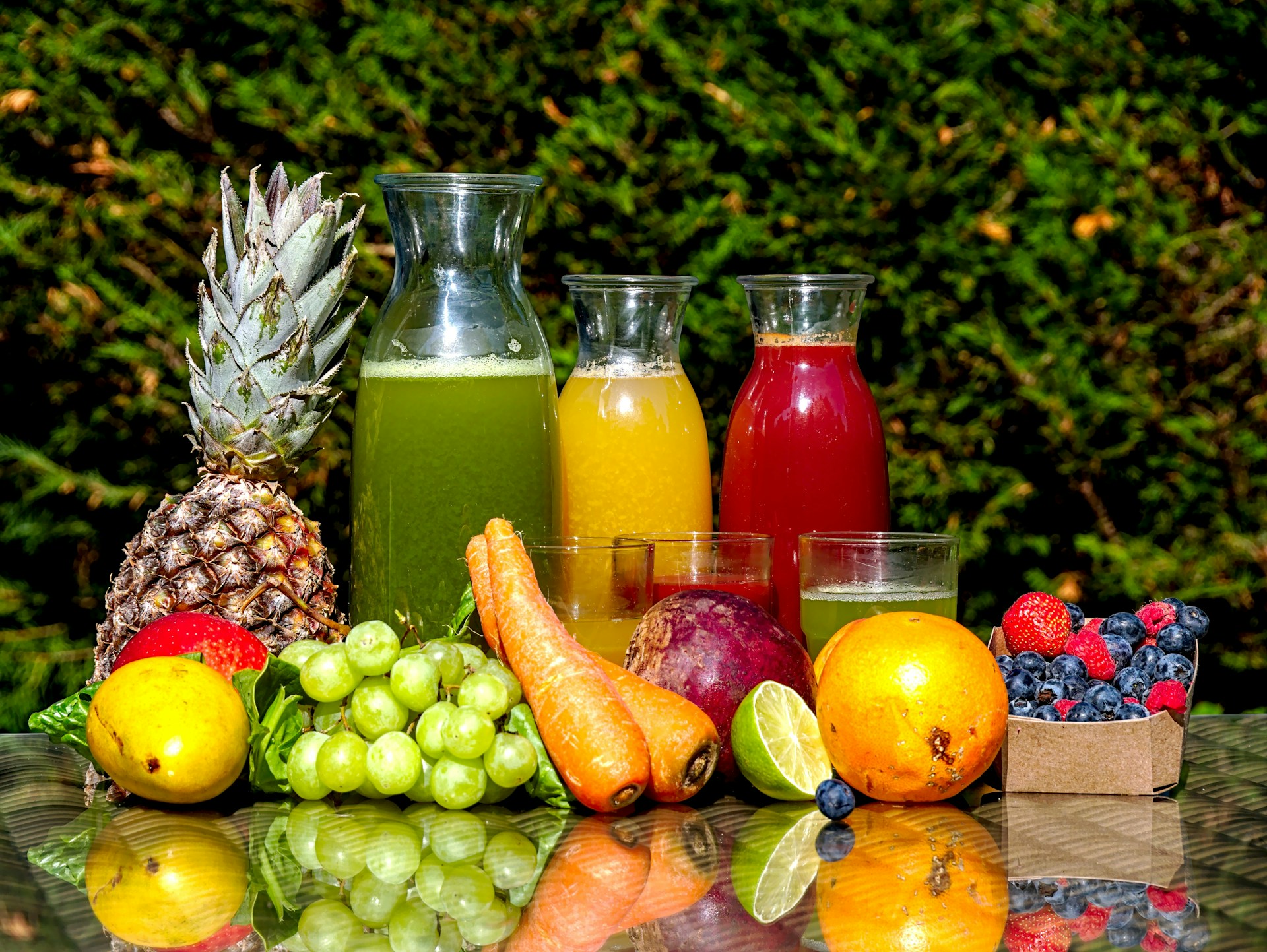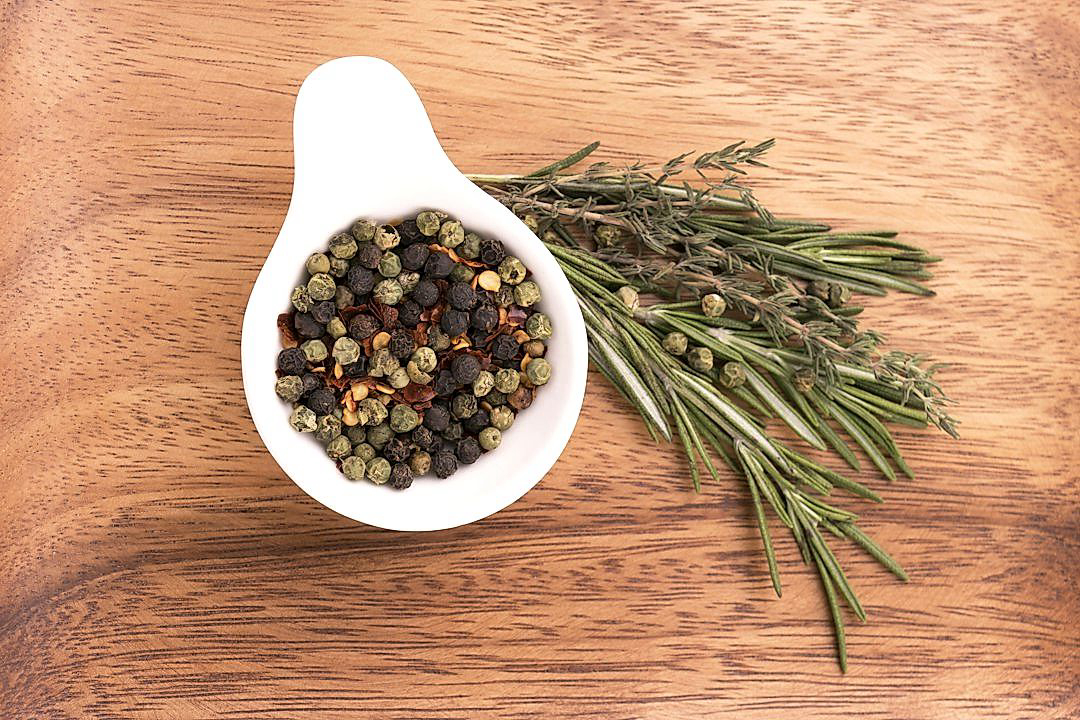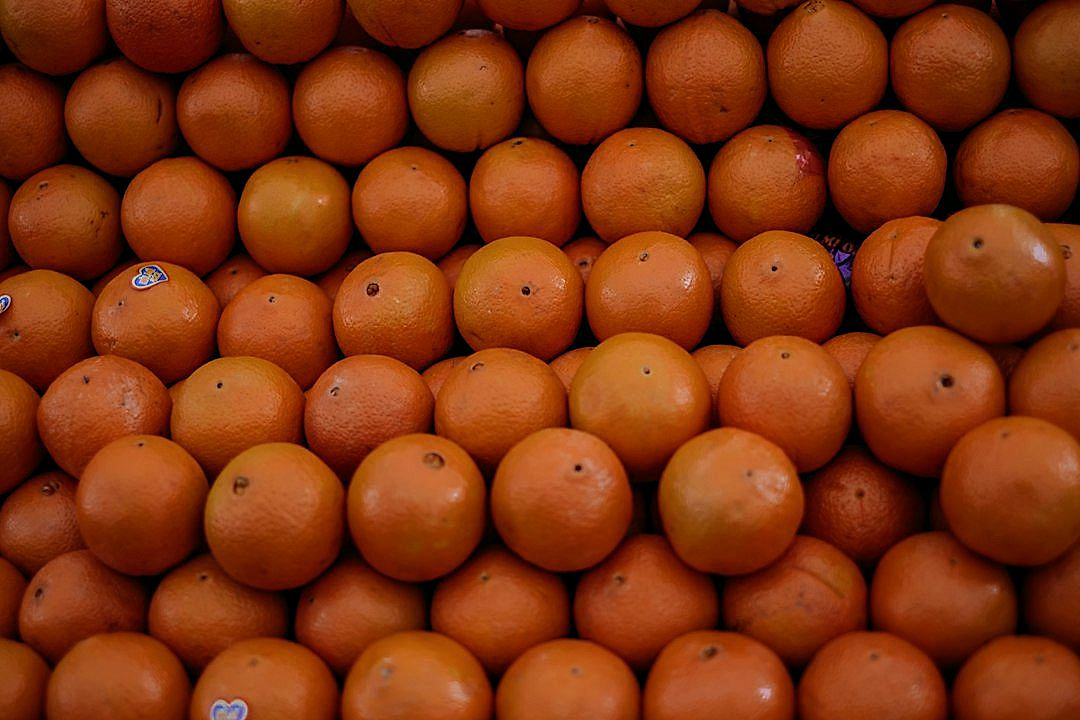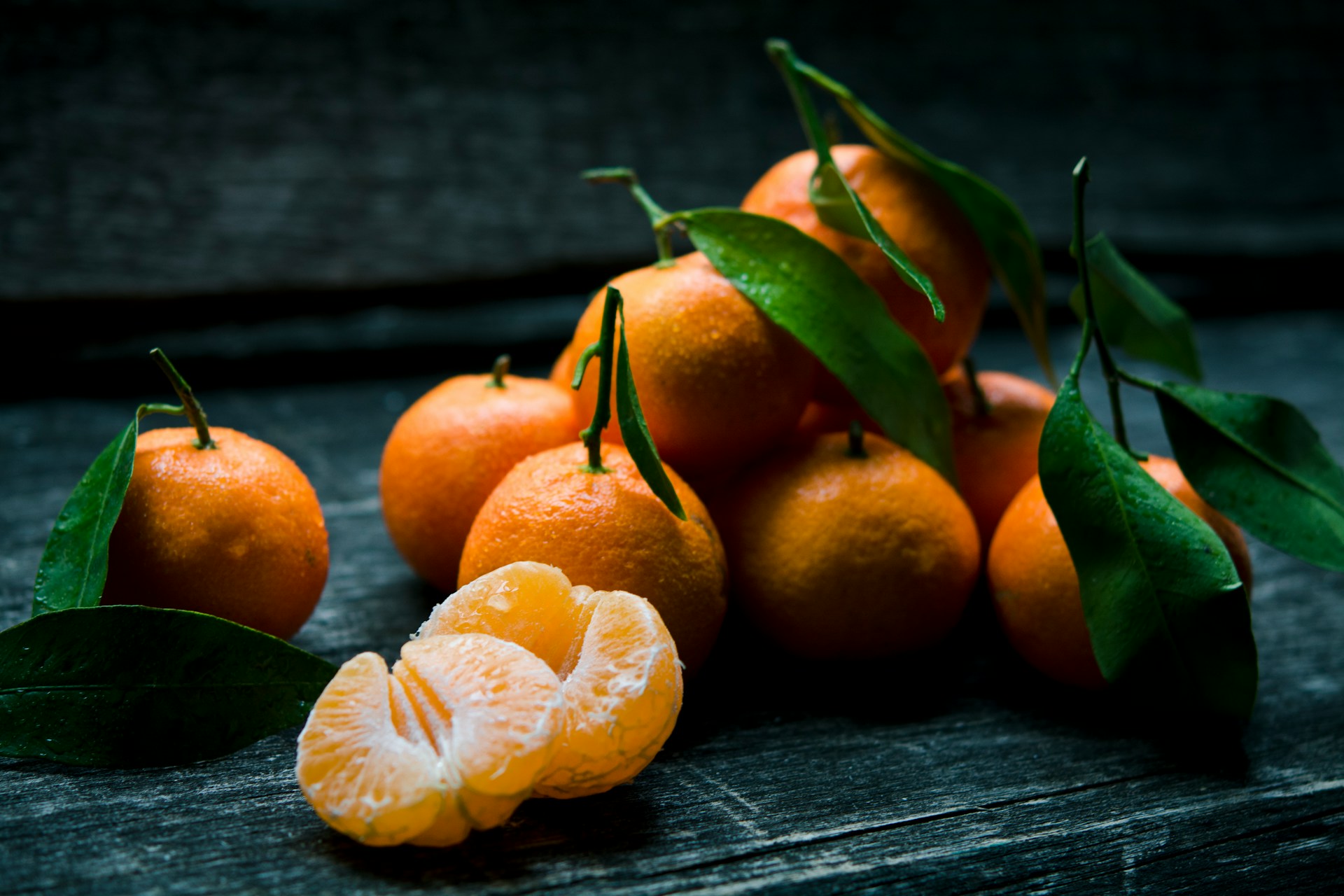As technological advancements continue to reshape various sectors, the produce processing industry is no exception.
The supply chain, a critical part of this industry, is witnessing profound transformations.
Over the past few years, numerous tech innovations have been introduced, revolutionizing the way supply chains operate.
These game-changing technologies aid in ensuring the freshness of produce, timely delivery, cost-effectiveness, and overall operational efficiency.
In essence, such advancements have considerable implications for stakeholders, from farmers to consumers.
Accordingly, exploring these tech-driven changes becomes vitally important.
Tech Innovations Transforming Supply Chains In Produce Processing
1. Blockchain tracking for food safety and provenance
The traceability of food products from farm to table is a critical aspect of food safety and quality assurance.
Given the global expanse of food supply chains, ensuring this end-to-end traceability has become a complex challenge.
Blockchain technology, with its secure and decentralized nature, has recently emerged as a transformative solution to this dilemma.
The use of blockchain allows for the creation of a a tamper-proof, transparent record of every transaction in the supply chain, adding to the credibility of food products.
Implementing blockchain in food supply chains leads to a robust system where each participant, from farmers to retailers, can verify the origin and journey of a food product, and in turn, the product’s overall safety.
This gives consumers the confidence to trust the safety and provenance of their food, knowing that each step has been verified and recorded in a secure, immutable manner.
For instance, a consumer purchasing a packet of vegetables would be able to scan a QR code on the packet and trace the product’s journey from the farm where it was grown, the storage and transportation conditions, up to its arrival at the store.
This would include details such as the date and location of harvest, any applied pesticides or fertilizers, temperature during storage and transport, and even the estimated carbon footprint of the product.
Beyond just consumers, this comprehensive provenance information allows retailers, processors, and auditors to identify and rectify any potential breaches in food safety, ensuring the highest standards of quality are maintained at each step.
The ability to swiftly isolate and address food safety incidents not only reduces the risk of wide-scale foodborne illnesses, but also minimizes waste and the associated costs for businesses.
Apart from safety, another key benefit of blockchain tracking in food supply chains is the potential to combat food fraud.
Blockchain’s immutable and transparent record-keeping makes it extremely difficult for unscrupulous actors to manipulate the provenance information of food products, thereby protecting the integrity and authenticity of the supply chain.
For instance, using blockchain, a retailer could unequivocally verify claims like ‘organically produced’ or ‘fair traded’, which are often used deceitfully to command a premium price.
All of these advantages make blockchain a powerful technology for ensuring food safety and authenticity, a fact that is being acknowledged by stakeholders across the food industry worldwide.
Alliances are being forged, and major initiatives launched, to enable the wide-scale adoption of blockchain in food supply chains, marking a significant shift towards a future of transparent and trusted food systems.
2. AI predictive analytics for managing crop yield
With the increasing global population and food demand, the agriculture sector faces the pressing challenge of improving food production. Against this background, the application of predictive analytics in agriculture, specifically through the use of Artificial Intelligence (AI), has become a crucial tool for managing crop yield.
Incorporating AI technology allows for the collection and analysis of farm data, which can inform more accurate predictions and decision-making by farmers and agricultural enterprises.
By using AI, farmers can monitor and predict changing weather patterns, soil conditions, pest invasions, and various other factors which can directly affect crop yield.
The comprehensive study of this data offers rich insights that can optimize and increase crop yields, ensure efficient use of resources, and even help mitigate the risks and adverse effects of climate change and natural disasters on farming practices.
AI predictive analytics are not limited to ground-level applications; they’re also being leveraged in satellite imaging and drones.
This real-time imaging enables the collection of accurate and timely aerial information about the state of crops, which can signal potential issues, such as disease or pest infestation, early on before they affect the overall yield.
Machine learning algorithms, a key constituent of AI technology, offer an innovative approach to analyzing huge volumes of field data to identify patterns and trends that might not be noticeable otherwise.
AI predictive analytics can forecast crop yields way before the harvest begins, allowing for better planning and management of supply and demand across the whole food supply chain.
This predictive capability becomes a massive advantage for farmers, distributors, and retailers as even slight alterations to crop yield can significantly affect food prices and market stability.
Furthermore, AI-based predictive analysis provides greater visibility and proactive management of supply chains, thereby ensuring maximum efficiency and minimum loss—from farm to fork.
By using AI predictive analytics, vulnerabilities in the supply chains can be identified in real-time, allowing for immediate response and mitigation strategies that can be a difference between profit and loss for many agriculture businesses.
It is important to note, however, that the adoption and use of AI in agriculture are not without their challenges.
Like all technological tools, the application of AI necessitates significant investment for installation, maintenance, and training, which can be a challenge for many small-scale farmers.
Despite these hurdles, the increasing availability of AI tools and platforms, even as pay-as-you-go services, is making AI-based analytics more accessible to today’s farmers.
The incorporation of AI in managing crop yield is a testament to how technology innovations are transforming supply chains in produce processing, enhancing food production, and ultimately ensuring food security.
3. Robotics Enabled Precision Farming and Harvesting
The application of robotics in precision farming and harvesting is a revolutionary tech innovation that’s reshaping the produce processing supply chain.
These robots, equipped with multiple sensors and driven by sophisticated algorithms, are increasing agricultural efficiency and productivity.
Robotics aids in optimized planting, precise application of irrigation and nutrients, and efficient harvesting, thus minimizing wastage.
Additionally, robots facilitate harvesting of crops that are hard for humans to pick without damaging them, like strawberries and grapes.
Considering that we now have the capacity to use robots in harvesting and processing, we could overcome the challenge of shortage of manual labor in busy periods.
Robots provide round-the-clock service, performing agricultural tasks more efficiently and precisely than humans, thereby drastically cutting production costs.
Companies are seeing significant reductions in cost due to the implantation of robotics on a large scale.
Notably, some businesses are even embracing autonomous tractors that plant and harvest with high efficiency and minimal wastage.
Moreover, these tech innovations cater to the rise in consumer demand for sustainable and resilient food systems.
Robotics, as a key player in precision farming, aids in monitoring soil conditions, weather, and other environmental factors.
This information is crucial for yield predictions and addressing plant fertility and pest challenges in real-time.
Robot usage allows farms to adapt and react quickly to changing conditions, resulting in better-quality produce.
Robotic technology transforms the traditional supply chain by reducing the need for transportation and reducing CO2 emissions.
Lastly, these tech innovations introduce new levels of transparency and traceability in the supply chain as each stage of production can be monitored and recorded accurately.
Given all these advantages, the widespread adoption of robotics in precision farming and harvesting is inevitable, fostering a future of sustainable and efficient agriculture.
4. IoT for Real-Time Cold Chain Monitoring
One of the most significant innovations that are transforming the supply chains in produce processing is the use of the Internet of Things (IoT) for real-time cold chain monitoring.
This technology encompasses the use of internet-connected devices that continuously monitor and control temperature-sensitive supply chain processes and provides alerts about any deviations in real-time.
These internet-connected devices are inclusive of sensors and trackers that are placed within the transportation vehicles and storage spaces.
They continuously monitor the temperature and humidity levels, which are critical in maintaining the quality of the fresh produce.
The prime role of this technology is to ensure that the temperatures within the cold chain are always kept within the recommended ranges.
The moment the IoT system detects a deviation from those ranges, it alerts the supply chain managers in real-time, enabling them to take immediate corrective action.
This helps in preventing potential damage to the fresh produce which can lead to significant financial losses.
Moreover, IoT allows for the creation of a digital and automated paper trail that can be used to demonstrate due diligence in the event of a food safety issue or an audit.
Such a feature not only serves to increase food safety, but it also significantly reduces administrative burdens and increases operational efficiency.
Another important advancement in the adoption of IoT in cold chain monitoring is its combined use with other technologies such as blockchain.
Such a combination provides an even greater level of security and traceability, as the data from the IoT sensors is recorded in the blockchain, where it cannot be changed or manipulated.
This ensures that food safety remains uncompromised and that the provenance of the fresh produce can be reliably traced back to its source.
In addition to temperature and humidity monitoring, some IoT sensors also monitor the levels of certain gases that can affect the quality of fresh produce, like ethylene or carbon dioxide.
Such monitoring affords better control over the ripening process of certain fruits and vegetables, further extending their shelf life and reducing food waste.
In summary, IoT for real-time cold chain monitoring is a transformative technology in the produce processing sector, providing several benefits, such as improved food safety, reduced waste, increased operational efficiency, and greater transparency and traceability.
5. Drones for Aerial View and Crop Health Analytics
Within the frame of produce processing, the utilization of drones has revamped the strategies in analyzing crop health and obtaining aerial views.
In recent years, the usage of drones has marked a significant transition from conventional surveillance methods to more high-tech, efficient systems.
These flying devices, enhanced with high-resolution cameras and various sensors, are capable of conducting extensive agricultural surveys over vast fields in a shorter span of time, providing vital data on overall crop health.
By using infrared technology, drones have the ability to collect detailed images which can help identify areas of stress within the crops that might not be visible with the human eye.
More than just an ‘eye in the sky’, drones are flipping the script by transitioning from simple surveillance tools to intelligent, data-generating systems that produce vital analytics for agriculture.
Through geographical information systems (GIS), these images can collectively create spectral maps which give an in-depth insight into the crop conditions on a large scale, evolving the ways farmers can view their crops.
These spectral maps not only provide information about the crop health, but also about the soil condition and moisture levels.
This detailed information helps agricultural businesses make data-driven decisions regarding irrigation needs, potential pest problems or if certain areas require more nutrients, ultimately enhancing the output and crop yield.
Moreover, drones help in reducing the time and labor required in traditional methods of monitoring crops health.
The capability of drones to cover large areas in lesser time allows for quick detection of potential issues, enabling faster responses to mitigate risks.
Moreover, this technology eliminates the need for physical examinations which are often time-consuming and prone to human errors.
Through consistent monitoring and analysis, drones provide timely intervention to any rising issues, thus reducing potential crop losses and impacting overall productivity positively.
Drones also help in environmental conservation by reducing tractor usage for field exploration, subsequently minimizing carbon emissions.
Furthermore, this innovative approach aids in predicting crop yields accurately, crucial in planning and forecasting within produce processing chains.
Overall, the implementation of drones in produce processing significantly enhances the efficiency of supply chains, steering the industry towards a more sustainable and profitable future.
The Bottom Line
The integration of advanced technologies into the agricultural sector presents a transformative approach to ensuring food safety, optimizing crop yield, enhancing precision farming, monitoring in real time, and assessing crop health.
Technologies such as blockchain, artificial intelligence, robotics, the Internet of Things, and drones play a pivotal role in redefining agricultural practices.
The use of these technologies is thus imperative to foster sustainable agriculture, promote food safety and ensure global food security.
With the constant advancements in technology, these methods will continue to evolve, offering increasingly efficient and effective solutions for these complex agricultural challenges.
Through the synergy of these technologies, we will be better equipped to create a stronger, safer, and more sustainable food network globally.




